Country Area 181,785 km2 Population 2.534 million (2011) | Capital | |
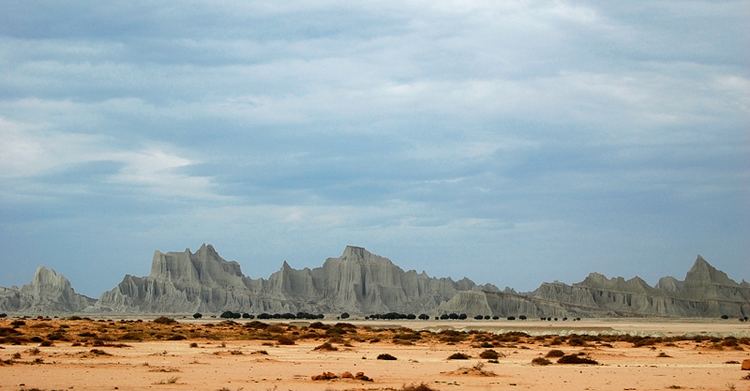 | ||
Colleges and Universities University of Sistan and Baluchestan (Zahedan), Zabol University (Zabol), International University of Chabahar (Chabahar), Chabahar Maritime and Marine University (Chabahar), Zahedan University of Medical Sciences (Zahedan) | ||
Languages spoken Baluchi, Sistani persian | ||
Map of Sistan and Baluchestan Province
Sistan and Baluchestan Province (Persian: استان سيستان و بلوچستان, Ostān-e Sīstān-o Balūchestān) is one of the 31 provinces of Iran. It is in the southeast of the country, bordering Pakistan and Afghanistan and its capital is Zahedan.
Contents
- Map of Sistan and Baluchestan Province
- english sub irib report rouhani in sistan and baluchestan province and receives a warm welcome
- Geography and culture
- Religion
- History
- Sistan and Baluchestan today
- Colleges and universities
- National rail network
- Airports
- Ports
- Industry and mining
- References
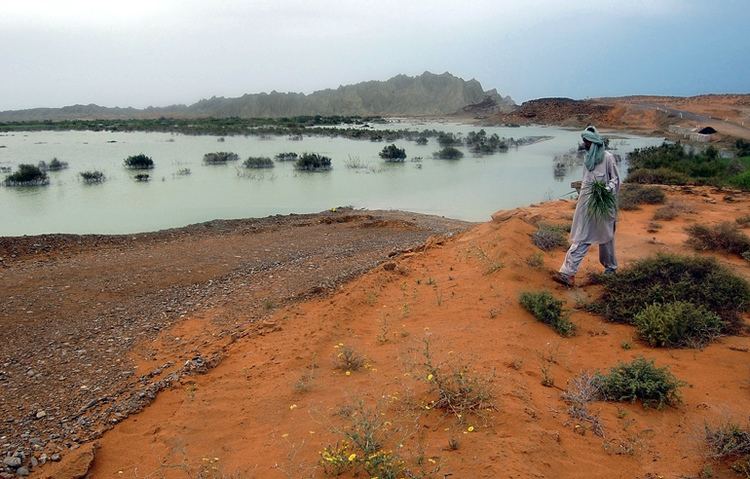
The province is the second largest province in Iran (after Kerman province), with an area of 181,785 km² and a population of 2.5 million. Some counties of the province are Chabahar, Qasar-qand, Dalgan, Hirmand, Iranshahr, Khash, Konarak, Nikshahr, Saravan, Sarbaz, Soran, Zabol, Zaboli, Zahedan and Zehak.
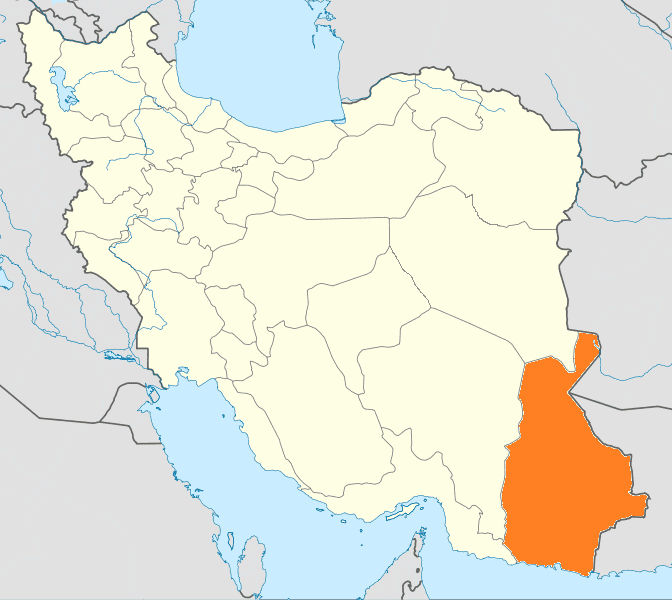
The population comprises the Baluch who form a majority in the province, followed by the relatively large minority, the Sistani Persians. Smaller communities of Kurds (in the eastern highlands and near Iranshahr), the expatriate Brahui (on the borders between Iran and Pakistan), and other resident and itinerant ethnic groups such as the Gypsies are also found in the province.
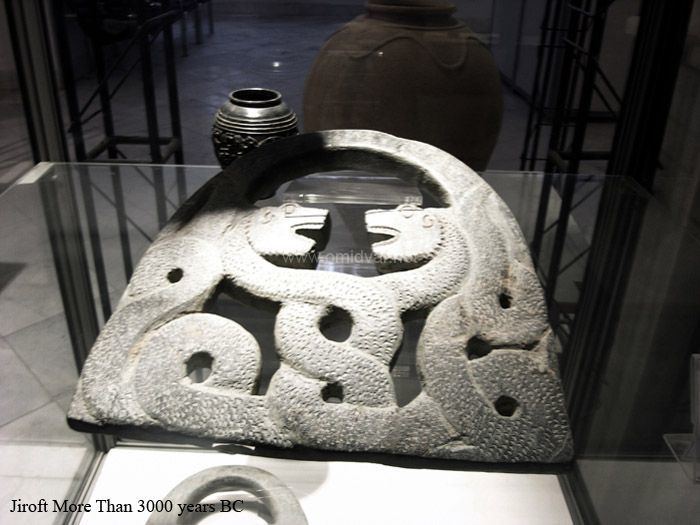
english sub irib report rouhani in sistan and baluchestan province and receives a warm welcome
Geography and culture

The province comprises two sections, Sistan in the north and Baluchestan in the south. The combined Sistan and Baluchestan province today accounts for one of the driest regions of Iran with a slight increase in rainfall from east to west, and an obvious rise in humidity in the coastal regions. The province is subject to seasonal winds from different directions, the most important of which are the 120-day wind of Sistan known as Levar, the Qousse wind, the seventh (Gav-kosh) wind, the Nambi or south wind, the Hooshak wind, the humid and seasonal winds of the Indian Ocean, the North or (Gurich) wind and the western (Gard) wind.

In the south, east and west of Sistān and Balūchestān, the people are mostly Balōch and speak the Baluchi language. In the far north of Sistān and Balūchestān, the people are mostly Persians and speak a dialect of the Persian language known as Sistani/Seestani, similar to the Dari Persian language in Afghanistan. The name Balūchestān means "Land of the Balōch" and is used to represent the majority Baloch peoples inhabiting the province, Sistan was added to the name to represent the minority Persian peoples who speak the Sistani dialect of Persian.
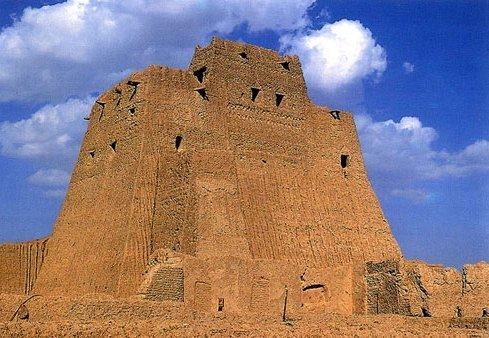
Many scholars, orators, and literary personalities have sprung up from this part of Iran, amongst which are Farrukhi Sistani, Ya'qub bin Laith as-Saffar and Rostam. Ayatollah Sistani is also from Sistān; though he currently resides in Najaf, Iraq .
Religion
Baluchis are predominantly Sunni Muslims. Sistanis, however, are predominantly Shia Muslims, and as a result of that hold most provincial positions. The underdeveloped status of this remote province can be mostly attributed to its demographics, which is mostly non-Shia and non-Persian.
History
In the epigraphs of Bistoon and Persepolis, Sistan is mentioned as one of the eastern territories of Darius the Great. The name Sistan, as mentioned above, is derived from Saka (also sometimes Saga, or Sagastan), a Central Asian tribe that had taken control over this area in the year 128 BCE. During the Arsacid Dynasty (248 BC to 224 CE), the province became the seat of Suren-Pahlav Clan. From the Sassanid period till the early Islamic period, Sistan flourished considerably.
During the reign of Ardashir I of Persia, Sistan came under the jurisdiction of the Sassanids, and in 644CE, the Arab Muslims gained control as the Persian empire was in its final moments of collapsing.
During the reign of the second caliph of Islam, Omar ibn Al-Khattab, this territory was conquered by the Arabs and an Arab commander was assigned as governor. The famous Persian ruler Ya'qub-i Laith Saffari, whose descendants dominated this area for many centuries, later became governor of this province. In 916 CE, Baluchestan was ruled by the Daylamids and thereafter the Seljuqids, when it became a part of Kerman. Dynasties such as the Saffarids, Samanids, Qaznavids, and Seljuqids, also ruled over this territory.
In 1508 CE, Shah Ismail I of the Safavid dynasty conquered Sistan, and during the reign of Nader Shah there was further turmoil.
Sistan and Baluchestan today
The province today is the most underdeveloped, desolate, and poorest of Iran's provinces. The government of Iran has been trying to reverse this situation by implementing new plans such as creating the Chabahar Free Trade-Industrial Zone.
Colleges and universities
- University of Sistan and Baluchestan
- Chabahar Maritime University
- Zabol University
- Islamic Azad University of Iranshahr
- Islamic Azad University of Zahedan [2]
- Zahedan University of Medical Sciences [3]
- Zabol University of Medical Sciences
- International University of Chabahar
- Iranshar University
National rail network
The city of Zahedan has been connected to Quetta in Pakistan for a century with a broad gauge railway. It has weekly trains for Kovaitah. Recently a railway from Bam, Iran to Zahedan has been inaugurated. There may be plans to build railway lines from Zahedan to Chabahar.
Airports
Sistan Province has two main passenger airports:
Ports
Port of Chabahar in South of province is the main port to be connected by a new railway to Zahedan in future.
Industry and mining
Industry is new to the province. Efforts have been done and tax, customs and financial motivations have caused more industrial investment, new projects, new producing jobs and improvement of industry.
The most important factories are: – Khash cement factory with production of 2600 tons cement daily and three other cement.
Factories under construction: – Cotton cloth and fishing net weaving factories and the brick factory can be named as well.
The province has important geological and metal mineral potentials such as chrome, copper, granite, antimony, talc, manganese, iron, lead, zinc, tin, nickel, platinum, gold and silver.
One of the main mines in this province is Chel Kooreh copper mine in 120 km north of Zahedan.
